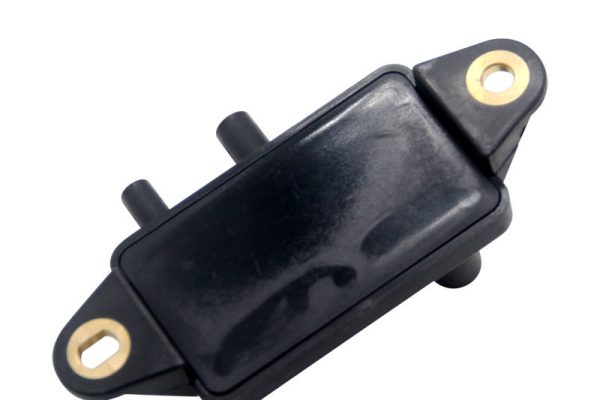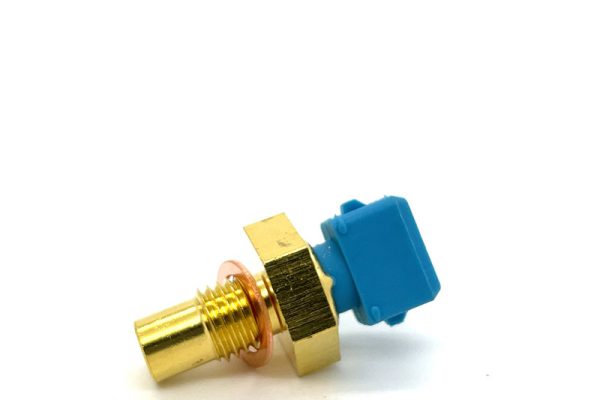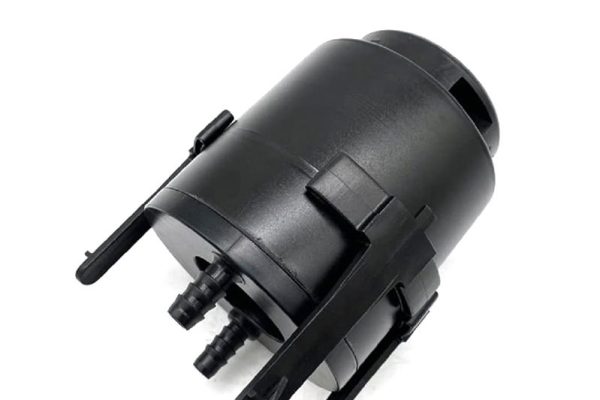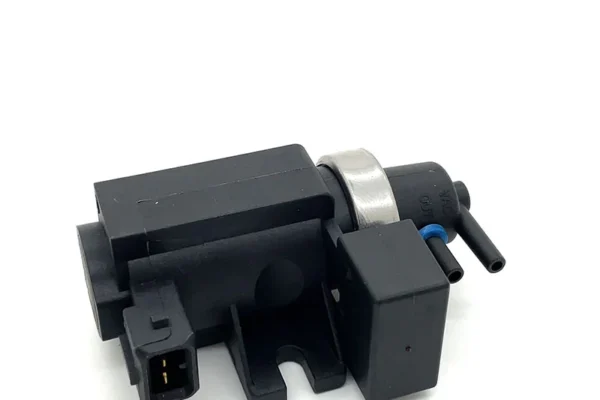Introduction
In the modern era of stricter emission standards and growing environmental responsibility, efficient engine management is no longer an option but a necessity. For manufacturers, fleet operators, and industrial buyers, understanding how emission components impact performance has become central to long-term business strategy. One of the most critical elements in this system is the Nox sensor, a device designed to monitor nitrogen oxide (Nox) levels in exhaust gases.
Nox gases, formed during high-temperature combustion, are harmful pollutants that must be tightly controlled. The Nox sensor plays a key role in ensuring engines remain compliant with environmental regulations while maintaining optimal fuel efficiency. For B2B buyers in the automotive, marine, and industrial sectors, recognizing how this small component affects the entire engine system is vital for operational excellence.
Understanding the Function of Nox Sensors
The Nox sensor continuously measures the amount of nitrogen oxide present in an engine’s exhaust system. It sends data to the engine control unit (ECU), which then adjusts the air-fuel ratio, combustion timing, and after-treatment processes. By doing so, the ECU ensures that engines operate at peak efficiency while keeping emissions within legal limits.
These sensors are essential in both light-duty and heavy-duty applications, from trucks and buses to industrial generators and construction machinery. In commercial fleets, precision in NOx detection contributes to improved performance stability and lower maintenance costs.
The Link Between Nox Sensors and Emission Systems
Nox sensors are integral to systems like SCR (Selective Catalytic Reduction) and EGR (Exhaust Gas Recirculation). In SCR systems, they monitor the efficiency of urea injection and catalyst performance. In EGR systems, they help control the proportion of exhaust gases recirculated back into the combustion chamber.
This real-time feedback loop allows engines to adapt instantly to changing operating conditions. It ensures compliance with emission standards while maintaining reliable power output — a key advantage for B2B clients managing large fleets or industrial operations.

How Nox Sensors Affect Engine Performance
Engine performance is directly influenced by the precision of Nox readings. Accurate measurements allow the ECU to fine-tune combustion, improving power delivery and minimizing fuel waste. A well-functioning Nox sensor helps achieve a balanced air-fuel ratio, ensuring that combustion occurs efficiently and cleanly.
When Nox sensors function optimally, engines respond more consistently under load, accelerate smoothly, and exhibit fewer fluctuations in idle speed. For businesses, this translates into reduced downtime and lower operational costs.
Nox Sensors and Power Output Optimization
The Nox sensor’s feedback enables manufacturers to implement smart engine control strategies that balance emissions and power. By providing real-time data, these sensors allow precise adjustment of injection timing and turbocharging pressure. This not only enhances torque response but also extends engine longevity.
Whether applied in commercial trucks or industrial machinery, reliable Nox sensors help sustain optimal output while ensuring long-term compliance. For instance, choosing a Nox Sensor for DAF vehicles helps maintain consistent engine performance across long-haul operations, where stability and regulatory compliance are equally critical.
Common Challenges and Maintenance Considerations
Despite their importance, Nox sensors are exposed to harsh operating environments. Factors such as temperature extremes, fuel quality, and particulate contamination can reduce their lifespan. Regular inspection and preventive maintenance are essential to ensure accurate readings.
A malfunctioning Nox sensor may trigger warning lights, cause erratic fuel consumption, or compromise emission control efficiency. For B2B operators managing large fleets, early detection of such issues can prevent costly repairs and compliance risks.
Additionally, selecting reliable replacement components tailored to specific vehicle models can improve system compatibility. For example, a Nox Sensor for IVECO applications is designed to deliver precise detection and durability in demanding conditions, making it ideal for logistics and heavy-duty vehicle management.

Selecting Reliable Nox Sensor Solutions for Industrial Use
For B2B buyers, choosing the right Nox sensor involves more than simply matching a part number. Factors such as quality assurance, supplier reliability, and OEM/ODM capabilities play an equally important role. Reputable suppliers provide sensors that ensure consistent output and long-term stability under continuous operation.
Partnering with experienced manufacturers who understand industrial requirements can help businesses reduce risk, optimize fleet performance, and meet regional emission regulations. Beyond individual units, after-sales support and technical consultation further enhance value for enterprise clients.
Building a Sustainable Engine Strategy with Nox Sensors
Adopting high-quality Nox sensor solutions contributes to a sustainable and future-ready engine strategy. With environmental standards tightening worldwide, integrating advanced sensing technologies into industrial and automotive engines is a strategic advantage.
Companies that proactively implement effective Nox monitoring systems not only improve efficiency but also strengthen their brand reputation as environmentally responsible and technically advanced partners.
Conclusion
NOx sensors are far more than emission control components — they are key drivers of efficiency, reliability, and compliance in modern engine systems. For B2B buyers, understanding how these sensors influence engine performance allows for smarter investment decisions, improved operational stability, and better environmental outcomes.
By selecting dependable NOx sensor solutions tailored to specific applications, businesses can optimize their performance strategies, extend equipment life, and position themselves for long-term success in a competitive global market.













